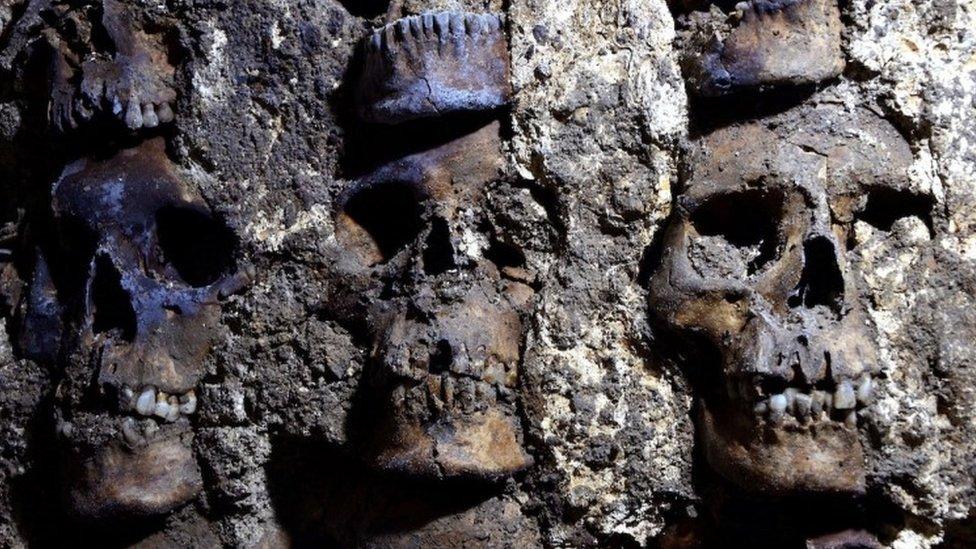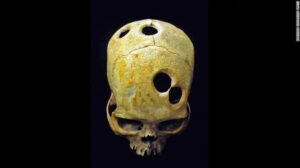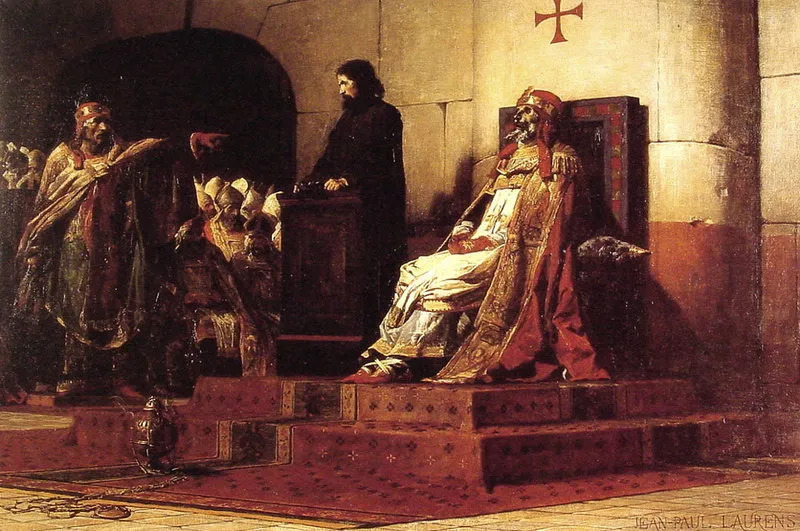
Rome, January 897. In the Basilica of St. John Lateran. Pope Stephen VI convened a trial that would become the most harrowing and gross spectacle in papal history.
The defendant sat lopsided on a throne, dressed in full papal regalia at what became known as the cadaver synod. He had been dead for nine months.
Pope Formosus
Pope Formosus—whose name ironically meant “handsome”—had been rotting in his tomb since April 896. Once Stephen VI’s orders were administered, grave diggers hauled the decomposing corpse from its sepulchre, wrestled it into the gold-threaded vestments of the papacy, and propped it upright in the papal court.
What remained of Formosus’s face stared blindly at his successor. The stench must have been unspeakable.
Undaunted, Stephen VI was conducting a genuine ecclesiastical trial, complete with charges, prosecution, and a defence.
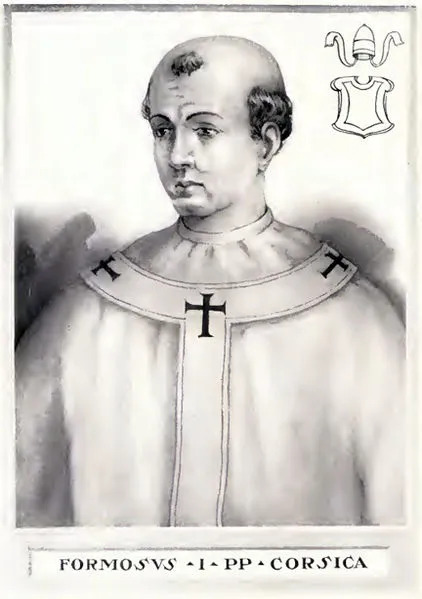
A Teenage Deacon Spoke For The Corpse at the Cadaver Synod
A teenage deacon crouched behind the corpse’s throne, tasked with speaking for the dead pope. Contemporary accounts describe the young man’s voice answering the accusations whilst Formosus’s body slowly decomposed before the assembled bishops and clergy.
The charges centred on Formosus’s alleged violations of canon law. Before becoming pope, Formosus had been Bishop of Porto.
Church law forbade bishops from abandoning their sees to claim another—yet Formosus had done precisely that when elected to the papacy in 891. Stephen VI accused him of perjury, of coveting the papal throne, of performing his sacred duties invalidly.
THE TRIAL WAS POLITICAL POISON dressed in theological robes. Formosus had crowned Lambert of Spoleto as Holy Roman Emperor, but later invited Arnulf of Carinthia to invade Italy and crowned him in his place. Stephen VI, installed by Lambert’s supporters, was settling scores with a dead man.
The corpse, unsurprisingly, was found guilty.
What followed descended into savage humiliation. Bishops tore the papal vestments from Formosus’s decaying body. They hacked off the three fingers of his right hand—the fingers used to give blessings—with a blade.

The Body Was Dragged Through The City
They dragged the body through the streets of Rome, leaving a trail as crowds gathered to watch. Eventually, the guards tossed it into the Tiber River, treating the disgraced pope like refuse.
But corpses, unlike reputations, occasionally resurface. A Benedictine monk is alleged to have fished Formosus out of the Tiber. The body—now bloated, damaged, missing its blessing fingers—supposedly performed miracles. Or so the monk claimed.
Stephen VI Got His Comeuppance
Stephen VI’s victory was short-lived. The Cadaver Synod shocked even the brutal ninth-century populace. An earthquake struck Rome soon after, prompting riots and being seen as divine wrath. By August 897, Stephen VI was deposed, imprisoned, and strangled in his cell.
His reign had lasted approximately eighteen months. Which might not surprise many.
The saga of Formosus’s corpse, however, was far from finished.
Pope Theodore II, who succeeded Stephen in December 897, rehabilitated Formosus. He ordered the mutilated remains retrieved and reburied in St. Peter’s Basilica with full papal honours. Pope John IX, elected in 898, formally nullified the Cadaver Synod and forbade any future trials of the dead. One might assume this ended the matter.
It did not.
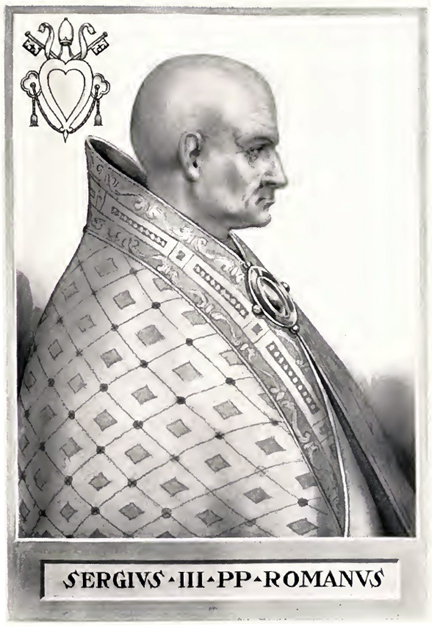
But Then Came Pope Sergius III
In 904, Pope Sergius III, a bishop at the original trial, became pope. He had Formosus’s body exhumed, beheaded it, and dumped it into the Tiber River, turning the obsession with Formosus’s remains into a grotesque aspect of papal politics.
His body, or what fragments remained, was eventually reinterred. According to legend, the three severed fingers were preserved as relics.
The period around the Cadaver Synod is known as the Saeculum Obscurum, or the “Pornocracy,” referring to the manipulation of the papacy by powerful Roman families. Between 896 and 904, nine different men claimed the throne of St. Peter, with popes routinely installed and murdered.
The Cadaver Synod remains the nadir. It exposed the papacy not as a spiritual institution but as a blood-soaked political prize. And at its centre sat a corpse on a throne, unable to defend itself, subjected to the ranting accusations of the living whilst slowly falling to pieces.
Nine months in the grave had not granted Formosus peace. Even death offered no sanctuary from Rome’s vengeance.
Help Us Keep History Alive


